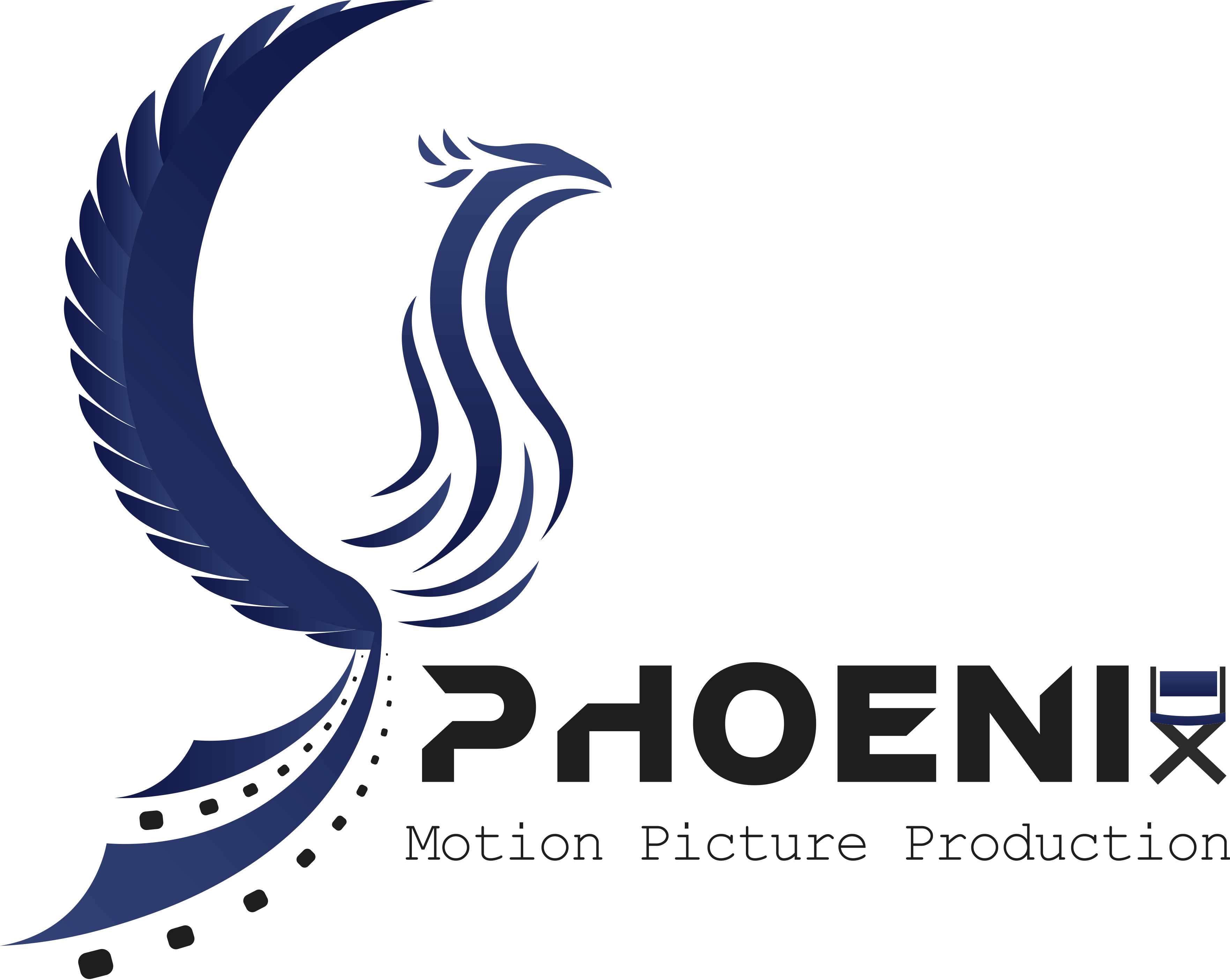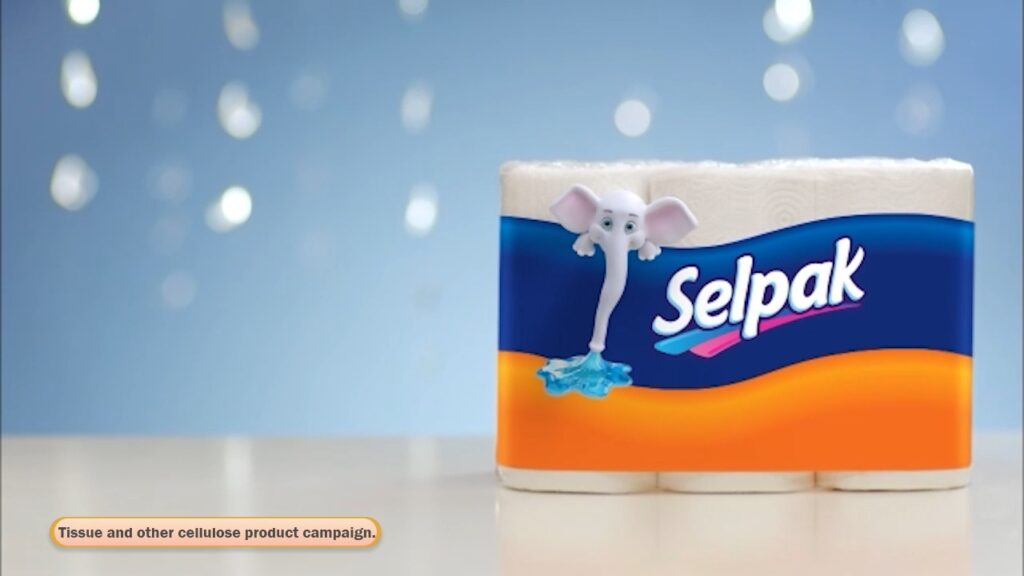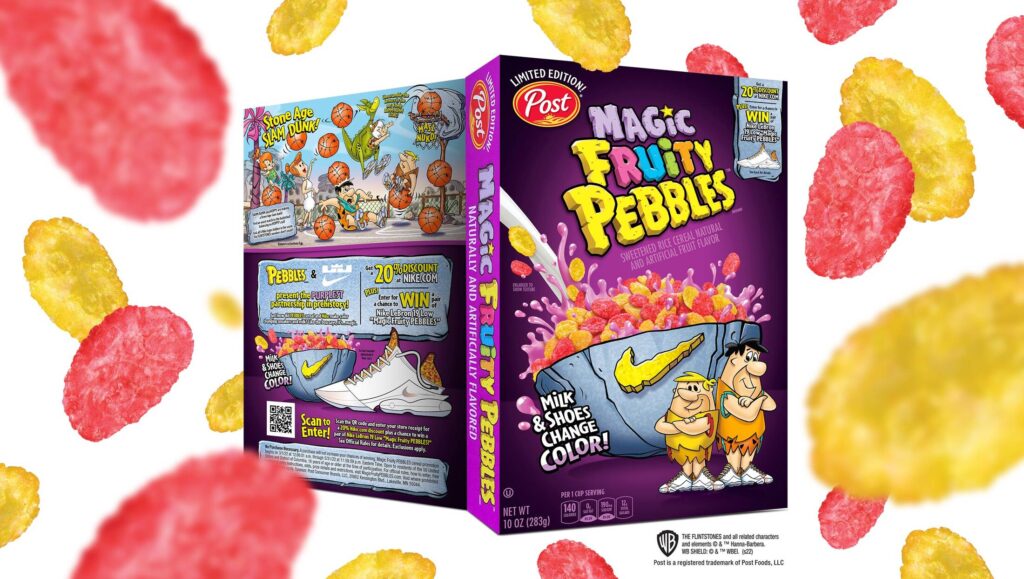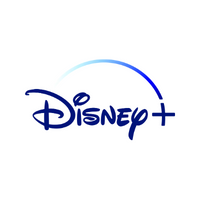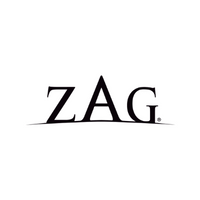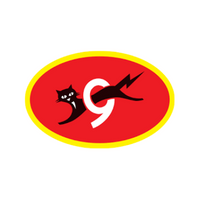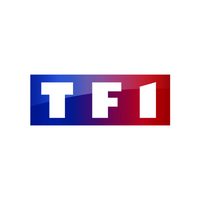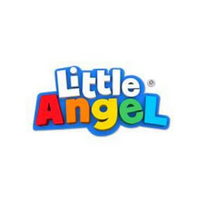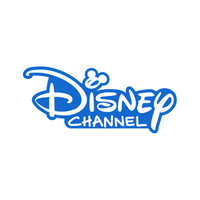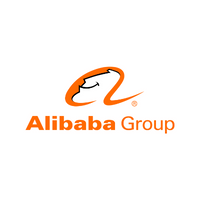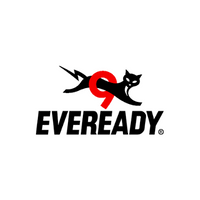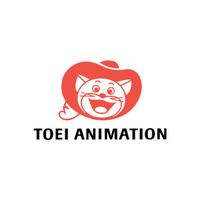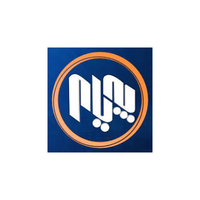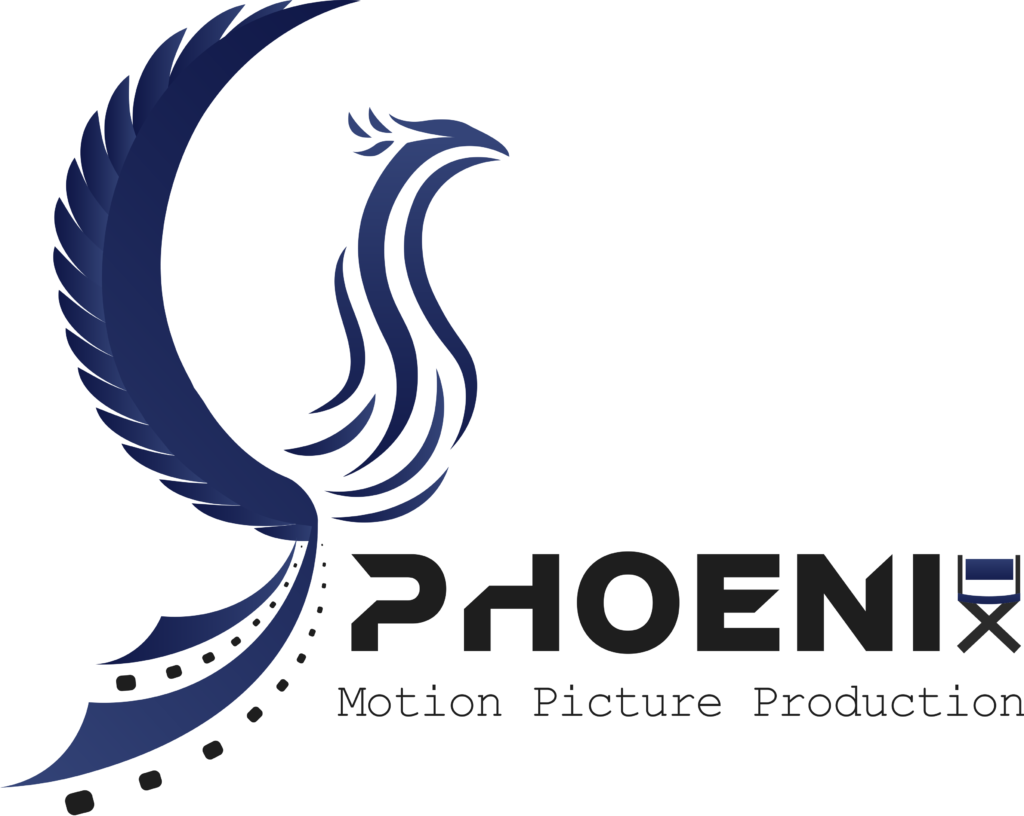A strong commercial animated campaign requires a unique and captivating concept that distinguishes it from other shows.
This central idea or premise serves as the foundation for the series and plays a crucial role in capturing the attention and curiosity of the target audience. To develop an effective animated campaign, the concept must be innovative, intriguing, and capable of standing out in a competitive crowded market.
The first step in creating a unique concept for a commercial animated campaign series or animated advertisements is conducting thorough market research. This involves understanding the target audience’s preferences, analyzing trends in the animation industry, and identifying gaps and opportunities for innovation. By gaining insights into what appeals to the audience and what has been successful in the past, creators can develop a concept that resonates with viewers.
Once the research is complete, the next step is to brainstorm ideas that align with the target audience’s interests while offering something fresh and distinct. The concept should be able to pique the audience’s curiosity, generate curiosity and compel the audience to want to learn more about the series. It should have the potential for longevity, ensuring that it can sustain interest over multiple episodes or seasons.
An innovative concept often combines familiar elements with unique twists. This can involve blending different genres, creating compelling characters, or introducing unconventional settings. By incorporating unexpected or unconventional elements, the concept becomes intriguing and memorable, making it stand out and setting it apart from other animated campaign series in the market.

Furthermore, a uniqe concept should have a well-defined narrative structure. A captivating story-line that unfolds throughout the series will keep the audience engaged and eager to follow the animated campain advertisements. The concept should offer depth and complexity, allowing for character development, intricate plot-lines, and thematic exploration. This depth ensures that viewers can invest in the series and connect with the characters and their journey. a good animated campaign should also have the potential for expansion, allowing for the exploration of different themes and story arcs.
Visual aesthetics and choosing alternatives of 2d animation advertisements or 3d animation advertisement are also a crucial aspect of a strong commercial animated campaign. The concept should have a visually appealing art style that complements the narrative and stands out from other shows. The art style should be consistent and recognizable, leaving a lasting impression on the audience. Whether through vibrant colors, unique and cute character designs, striking backgrounds, or innovative animation techniques, the visual elements should contribute to the overall uniqueness of the series.
Moreover, effective communication of the concept is essential for a successful animated campaign. Promotional materials such as trailers, posters, and social media content should effectively convey the innovative and intriguing aspects of the series. Engaging taglines, captivating visuals, and well-crafted teasers can generate interest and anticipation among the target audience.
Additionally, leveraging various marketing channels is crucial to reach a wider audience and build anticipation. Social media platforms, online communities, and industry events can be utilized to create buzz and generate discussions about the series. Engaging with the audience through interactive content, contests, or behind-the-scenes sneak peeks can further enhance the concept’s appeal, create a sense of community around the show to generate interest and anticipation among the target audience.
To ensure the longevity of the series and maintain audience interest, it is crucial to deliver on the promise of the concept. Subsequent episodes should consistently reflect the unique and captivating elements that initially attracted the audience. Engaging storytelling, well-developed characters, and high-quality animation are essential to keep the audience invested in the series and eager for more.
In conclusion, a strong commercial serial animated campaign begins with a unique and captivating concept that sets it apart from others. The concept should be innovative, intriguing, and able to capture the attention and curiosity of the target audience. Thorough market research, brainstorming, and incorporating unexpected elements can help create an innovative concept. The concept should have a well-defined narrative structure, visually appealing aesthetics, and effective communication through promotional materials. By focusing on these aspects, animated ads maker can develop a commercial animated series that stands out and captures the hearts and minds of the audience.
just to have a very quick sense of animation in advertising examples plz click and follow.
If you are interested in this subject and want to know about the the other pillars, you can follow our special page created to talk about commercial campaigns
If you want to turn your concept into an animated reality, then we are who you need. Visit our film showcases to understand better what we can do for you. Check Phoenix news to get regular updates on our ever-expanding services, such as facilitation.
Contact US today and begin the journey of turning your vision into a work of art. Also you are very welcome to Dubai – Business bay, to visit us at our Dubai branch office.
More blogs and news, kindly Follow the Phoenix Blogs …
Frequently asked questions
What is a commercial animation?

Commercial animation refers to the creation of animated content for commercial purposes, such as advertisements, marketing campaigns, and promotional materials. It involves using various techniques, including traditional hand-drawn animation, computer-generated imagery (CGI), or a combination of both, to bring characters, objects, and stories to life. Commercial animations are designed to capture the attention of a target audience, convey a specific message, and promote a product, brand, or service.
What are animated ads called?

Animated ads are commonly referred to as “animated commercials” or “animated advertisements”.
Why are so many commercials animated?

Numerous commercials are animated for several reasons. Firstly, animation offers creative freedom, allowing advertisers to depict fantastical or impossible scenarios that would be challenging or costly to achieve with live-action. Animation also enables the creation of visually appealing and attention-grabbing content, helping commercials stand out amidst the clutter of advertising. Moreover, animated characters can evoke emotions and connect with audiences in a relatable and memorable way. Additionally, animation allows for flexibility in representing diverse demographics and target markets. It can simplify complex concepts, explain product features, and showcase benefits effectively. Lastly, animated commercials have a timeless quality, making them suitable for long-term use and international audiences.
What is the use of animation in advertising?

Animation serves various purposes in advertising. Firstly, it captures attention by offering visually captivating and dynamic content that stands out in a crowded advertising landscape. Animation allows for creative storytelling and the portrayal of complex concepts in a simplified and engaging manner. It enables the creation of memorable characters and scenarios that evoke emotions and establish a connection with the audience. Animation also provides flexibility, allowing advertisers to target specific demographics and adapt messages to different markets. Furthermore, it can showcase product features, demonstrate benefits, and convey brand identity effectively. Overall, animation in advertising is a powerful tool for communication, persuasion, and brand building.
